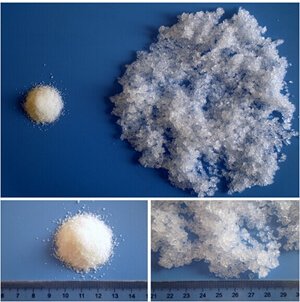Get Free Sample
ice gel ice pack / Cold Pack
As we know, ice packs can absorb the amount of heat, due to the high latent heat of fusion of water.
These packs are commonly used to,
keep food cool in portable coolers,
or as a cold compress to alleviate the pain of minor injuries;
or in insulated shipping containers to keep products cool during transport.

So far, there are two types of cold packs: Ice packs and customized gel ice packs.
It seems that gel ice packs are more and more popular.
Gel Ice Pack
best gel ice pack is a plastic sac filled with water, or refrigerant gel or liquid.
Here’re the differences from traditional ice bags:
1.Soft feel and nice appearance;
2.Effectively curb the breeding of bacteria;
3.More effective. (Its specific heat is 3-4 times than ice’s)
What chemical is in stay dry ice pack?
It’s Sodium polyacrylate.
As a type of superabsorbent polymers, sodium polyacrylate can absorb plenty of water and become a gel form.
One-gram sodium polyacrylate can absorb 300-1000 grams of pure water. In other words, it’s enough to contain 1 gram (or less) sodium polyacrylate for each gel ice pack.
Advantages of Sodium polyacrylate
1.high specific heat capacity;
2.low cost (for each gel ice pack) ;
3.non-toxic & environment friendly;
Is it safe?
Actually, sodium polyacrylate is also the main absorption material in common hygiene products such as paper diapers and sanitary towels.
So it is totally non-toxic, harmless and resoluble.
There are some mainly parameters index to help us judge the quality of this chemicals in large gel cold pack:
1.Absorption–How much the polymer can absorb.
2.Absorbent rate—How fast the polymer absorbing liquid.
3.Absorption under pressure and retention capacity after centrifugation–Make sure that gel locks the water well.
4.Particle Size Distribution.
As a professional sodium polyacrylate supplier, welcome to contact our support team for more details about this product! Chemical ice packs are cooling devices that utilize a chemical solution to saturate materials such as dust-free paper. Sodium polyacrylate ice packs are a type of reusable cold pack that utilize sodium polyacrylate, a super-absorbent polymer, as a key component.
We have “Ask The Expert” online service 24/7. If you have any questions please contact us.